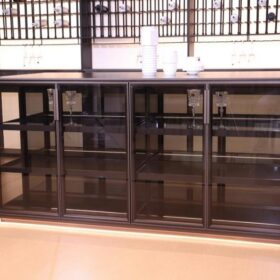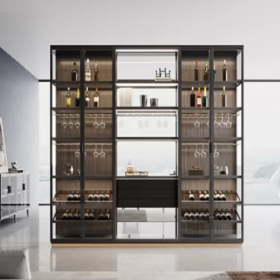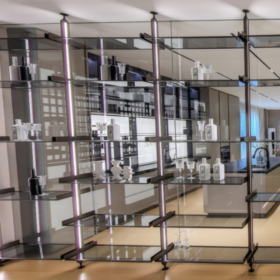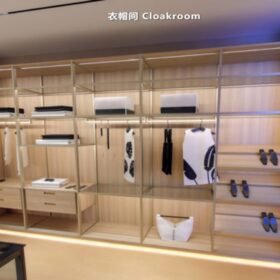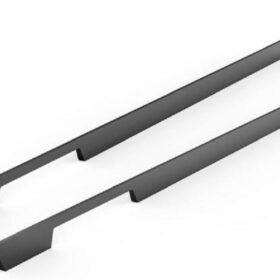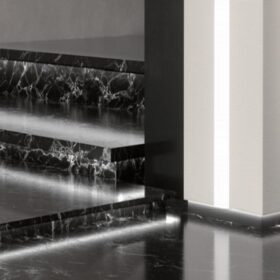How to Troubleshoot Common Issues with Aluminium Profiles
In the realm of industrial engineering, aluminum profiles stand as indispensable building blocks, their versatility shaping the contours of countless structures and machines. However, even these robust components can occasionally fall victim to imperfections, hindering their functionality and compromising their integrity. When these glitches arise, it’s imperative to delve into the troubleshooting process, diagnosing and resolving the underlying problems with precision.
Imperfections in Surface Finish
Blemishes such as scratches, dents, or pitting can mar the otherwise pristine surface of aluminum profiles. These imperfections not only detract from aesthetics but can also weaken the material’s structural integrity and susceptibility to corrosion. To rectify such issues, careful sanding or polishing with fine-grit abrasives can restore the profile’s smooth finish.
Dimension Variations
Deviations from specified dimensions can arise during the extrusion process, resulting in profiles that do not fit snugly in their intended applications. These discrepancies can lead to structural instability or impede proper assembly. Re-extrusion or precision machining can provide remedies to match the desired dimensions.
Warping or Twisting
Environmental stresses or uneven cooling during manufacturing can cause aluminum profiles to warp or twist out of shape. This can severely compromise the profile’s structural integrity or interfere with its functionality. Heat treatment or mechanical straightening techniques can effectively realign the profile to its intended shape.
Corrosion Resistance Issues
While aluminum is naturally corrosion-resistant, certain environmental conditions or improper surface treatment can accelerate the formation of corrosion. This degradation can lead to failure or reduced lifespan. Applying protective coatings or re-anodizing the profile can provide increased corrosion resistance.
Troubleshooting with Precision
Identifying the root cause of aluminum profile issues requires meticulous inspection and careful analysis. Utilizing quality control tools such as profilometers, comparators, and corrosion meters can aid in precise diagnostics. Furthermore, consulting with manufacturers or technical experts can provide valuable insights and solutions.
By following these troubleshooting techniques, engineers and technicians can effectively resolve common issues with aluminum profiles, ensuring their optimal performance and longevity. With each successful troubleshooting instance, the path to reliable and resilient structures and machines is paved.
-
2024-11-29Top Trends in Modern Kitchen Cabinet Pulls for 2024
-
2024-11-28The Ultimate Guide to Modern Kitchen Cabinet Pulls- Materials, Styles, and Tips
-
2024-11-27Elevate Your Kitchen Design with These Must-Have Modern Cabinet Pulls
-
2024-11-26Sleek and Stylish- The Best Modern Kitchen Cabinet Pulls for a Contemporary Look


